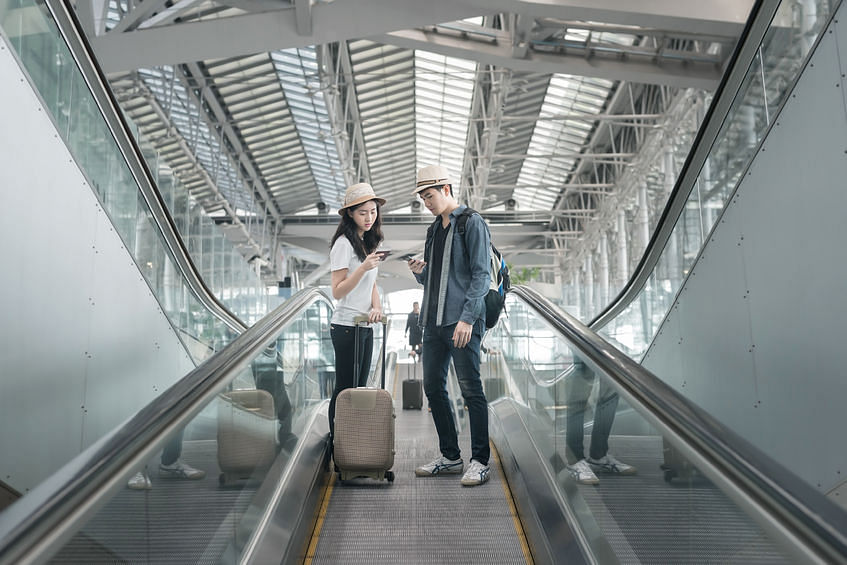
Copyright: ake1150 / 123RF Stock Photo
SINGAPORE – The holiday season is drawing near and you might be looking forward to taking a vacation overseas.
Whether that holiday turns out to be the dream trip of a lifetime can be decided by the smallest things.
For example, your excitement levels can take a plunge when your expensive moisturiser gets binned by airport security, or when you are stranded without Internet connection overseas.
Cast those nagging worries aside with these useful tips, from packing to travelling with children, for a hassle-free trip to round off the year.
WHAT CAN YOU PACK INTO HAND LUGGAGE?
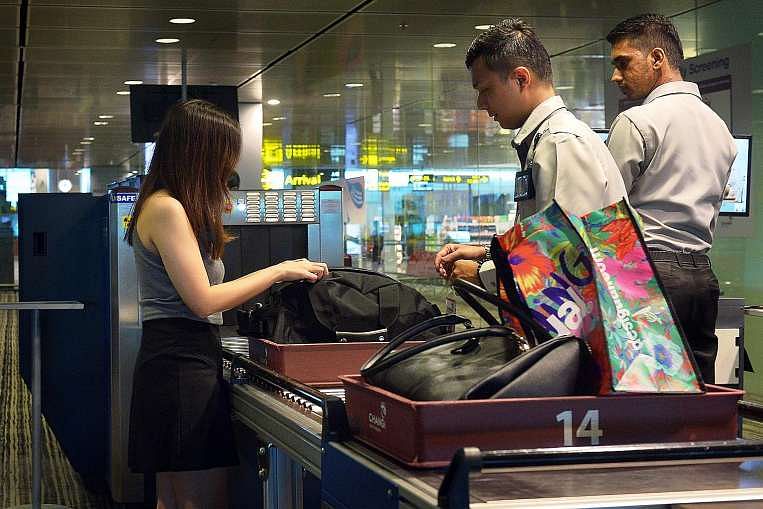
About three in 10 confiscated items are water in disposable bottles. Personal items like hair spray, gels and toothpaste, as well as food products like kaya and canned food, for example, have also been surrendered. ST PHOTO: ALPHONSUS CHERN
Do you know what items you can put in your carry-on bag and what you should pack into your checked-in luggage?
There are many who make the mistake of not verifying what is not allowed on board planes.
Between January and September this year, travellers at Changi Airport had to surrender more than 142,000 prohibited items such as scissors and pepper spray canisters. Another 1.13 million items which were liquids, gels and aerosols such as perfumes and make-up that were not packed properly – or about 126,000 a month – were also confiscated.
Here is the lowdown on Singapore regulations so you do not add to these numbers.
All liquids, gels and aerosols in your hand luggage must be put in containers with a maximum capacity of 100ml each.
All containers (not exceeding one litre in total) must be placed in a transparent re-sealable plastic bag, which must be completely closed.
How about a container that is larger than 100ml but is partially filled? No, the maximum capacity for the container is 100ml.
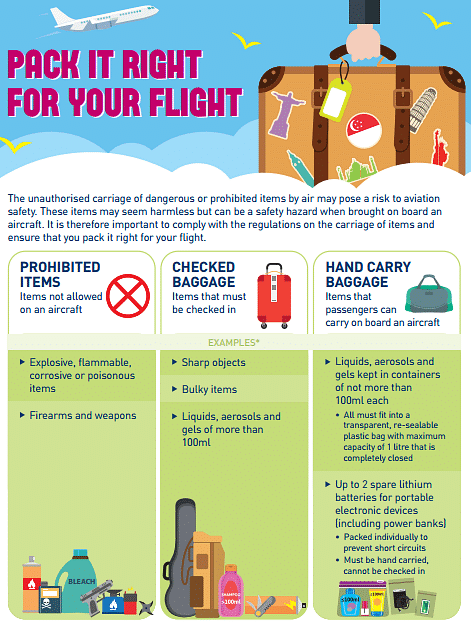
GRAPHIC: CAAS
PORTABLE POWER BANKS AND SPARE MOBILE PHONE BATTERIES
A flashing low-battery indicator on your mobile phone just as you are about to take photos at a scenic location can be a massive mood dampener. Therefore, one of the must-have items for travellers is a portable power bank.
However, did you know that these power banks, or any spare lithium batteries, have to be hand carried and cannot be checked in?
If a power bank is not stored or packed properly, it could cause a fire on board.
Civil Aviation Authority of Singapore (CAAS) rules state that lithium-ion batteries must not be checked in unless they are contained within personal devices such as laptop computers and mobile phones.
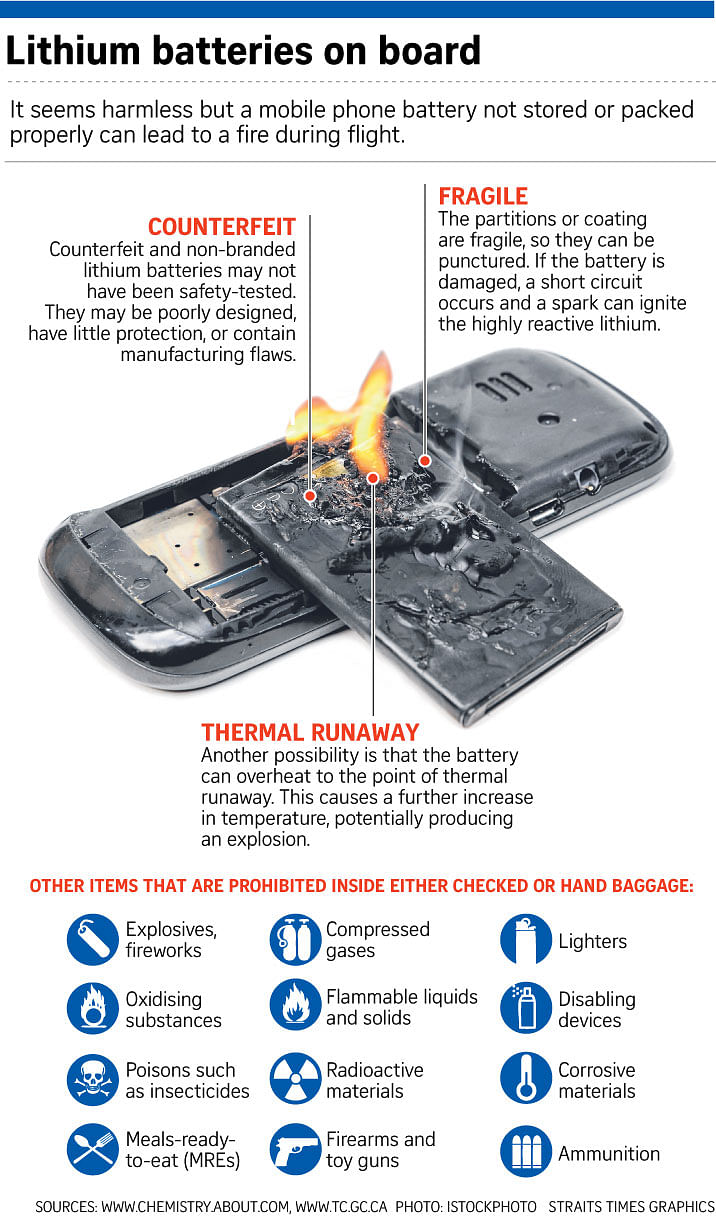
Also, only up to two spare lithium batteries for portable electronic devices (including power banks) are allowed, with each packed individually.
DO I NEED TO PAY GST FOR THE BAG I BOUGHT OVERSEAS?

Shoppers at the Shilla Duty Free shop at Changi Airport Terminal 1. ST PHOTO: MARK CHEONG
The magic figures are 150 and 600.
GST for goods valued below $150 is not applicable for travellers who are out of Singapore for less than 48 hours.
For those who are away for more than 48 hours, GST is exempt for goods valued up to $600.
In 2012 and 2013, there were 179 and 398 cases respectively where warnings or composition sums were issued to travellers who did not declare taxable goods.
What if you have already paid foreign sales tax when purchasing the item overseas?
GST is applicable for items imported into Singapore regardless of whether foreign sales tax was paid for the items overseas as they will be consumed in Singapore.
You can try shipping back goods separately, in which case a GST relief amount of up to $400 per shipment is granted. Where the value of the shipment exceeds $400, GST is payable on the total value of the shipment.
PACK A PUNCH WITH THESE PACKING TIPS FROM ST’S LYDIA VASKO
Packing with the constraints of an airline baggage allowance can be frustrating. The worst case scenario? Wearing shorts and T-shirts in biting cold. When temperatures can fluctuate wildly in a matter of days, you don’t want to be unprepared. See also: 5 tips on packing for your destination wedding.
Here are some tips for packing for all weathers.
1. Cut down on the unnecessary
Think of all the times you have returned from a trip with clothes which have gone unworn. In reality, you need far less than you think you will. Be practical and realistic about what will actually be worn and cut your piles by half, or more if you tend to overpack. Bring only what is truly necessary, otherwise there simply won’t be space in the suitcase.
2. Double down
Need help culling your piles? Prioritise clothes that can do double duty, such as tank tops, cotton shirts and blouses for summer that can be layered under sweaters in winter. Pack flats or loafers in neutral shades and materials which can be used in any season. For nice dinners, pack a dress that can be worn with sandals as well as stockings and flats, or a dress shirt that works just as well with shorts as under a jacket or sweater.
3. Utilise your carry-on space
Excluding shoes and toiletries, a week’s worth of summer clothing should be able to fit into a carry-on suitcase. Use this space if you need it, then dedicate the check-in baggage to bulkier winter wear.
If you can’t bear to leave that favourite chunky knit sweater behind, carry it on board. The same goes for a winter jacket which can add two to three kilos, substantial weight to check-in luggage. Stuff it in the over-head compartment instead.
Likewise, it’s best to wear the heaviest and bulkiest shoes on to the plane.
4. Fill the suitcase corners
Stuff any shoes still in the suitcase with rolled up socks, leggings and underwear. Don’t waste this valuable space. Rolled clothes fill awkward spaces and troughs in suitcases much better than their folded counterparts. Rolling clothes also helps keep clothes tightly packed together, so more items can fit in the suitcase.
5. Take advantage of transits
If using the same airport as a transit point between destinations, consider leaving a suitcase with the airport’s luggage storage service.
Major airports such as London Heathrow and Munich Airport provide secure rooms where passengers can store luggage for a few hours up to months at a time for less than S$15 a day.
So if it is possible to pack by destination, travellers can avoid carrying unneccessary clothes by checking a winter suitcase at the airport, then exchanging it for the summer suitcase when transiting to their next destination.
TRAVELLING WITH A TOT IN TOW
Travelling with young children is a great learning experience for them – but they may not be used to long haul travel.
1. Travelling by car
Plan for naps to be taken in the car and arrange for breaks during the journey so children can play and burn off energy, suggests Ms Vicky Ho, who heads research and development at Focus on the Family Singapore.
2. Travelling by plane
It can sometimes be difficult to get children to sit down and buckle up while flying. Preparing them for each step of the journey could ease the process. For instance, talk to them about placing luggage in the overhead compartment, says Mrs Cornelia Dahinten, a family coach and director of Conscious Parenting Singapore.
Besides taking along a new toy on the flight – not a noisy one that might disturb fellow passengers, you can also keep babies entertained by putting ice cubes in a cup and shaking it, she says.
3. Travelling by ship
Activities include getting your toddler to tie a ribbon around the doorknob of your cabin, says Ms Ho. This has the added advantage of making your door stand out from the rest so it is easier to locate. Using binoculars to take in the scenery also keeps youngsters entertained while on a ship. Just be sure to supervise their use, says Ms Ho.
GETTING CONNECTED ON THE GO
Data roaming can be prohibitively expensive, and even the smallest bit of overseas data use can result in a huge bill shock upon your return. However, there are ways to gain Internet access while overseas at affordable rates.
It ultimately boils down to two things: the telco you are on and whether you want to swop your SIM card, or whether you want to carry around an external Wi-Fi device.
1. Overseas pre-paid SIM card
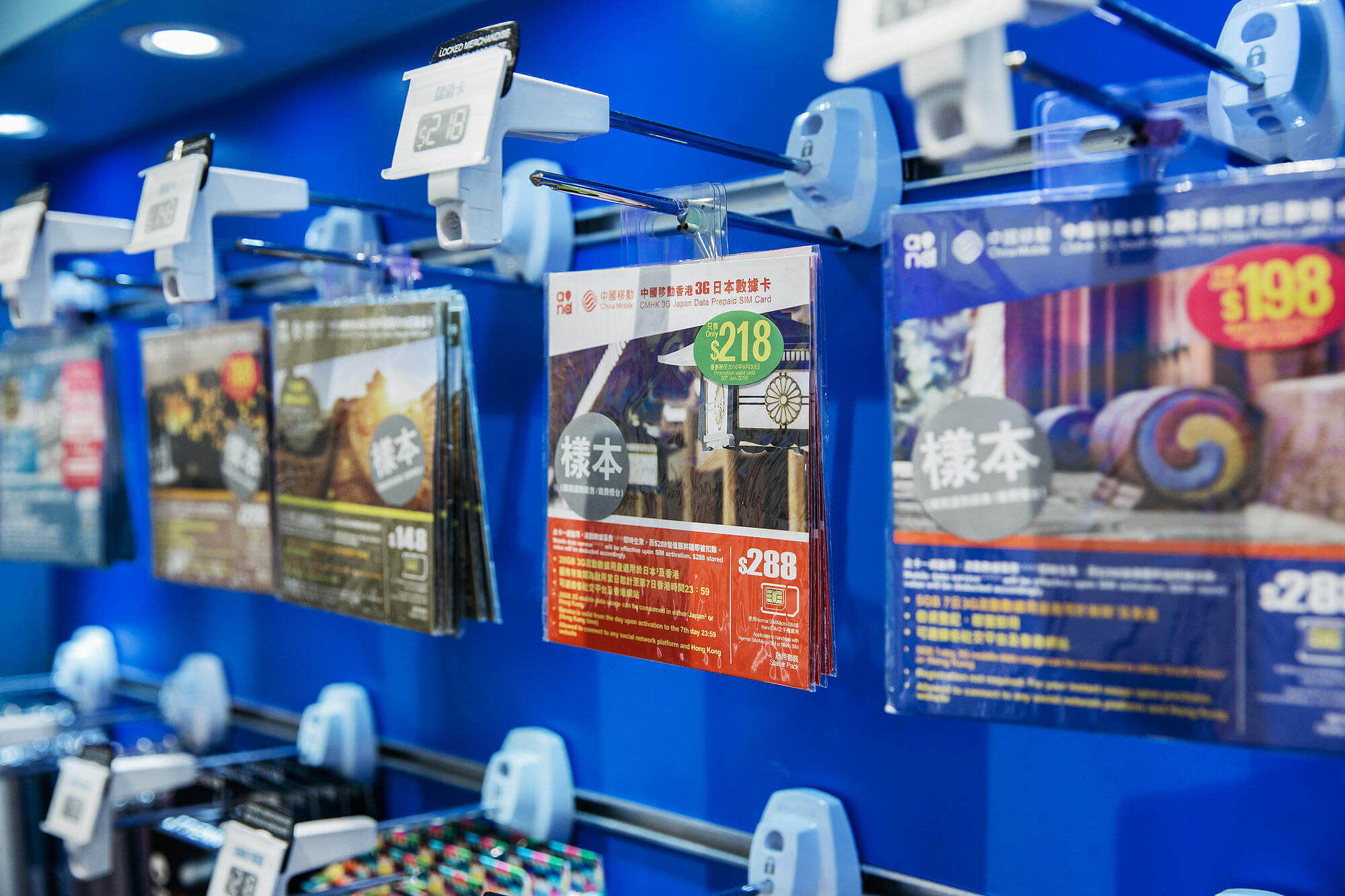
Prepaid SIM card packages displayed for sale at a China Mobile Ltd. store in Hong Kong. PHOTO: BLOOMBERG
The most obvious solution to data connectivity while travelling is to purchase a pre-paid SIM card from the country you’re travelling in. These are available at most international airports or in town – or even at Changi Recommends, the travel concierge at Changi Airport.
They are either limited by data consumption, number of days, or both.
2. Opt for an overseas data service with a local telco
Service providers M1, Starhub and Singtel provide overseas data services at various rates depending on your needs. More information can be found here.
3. Rent a Wi-Fi router
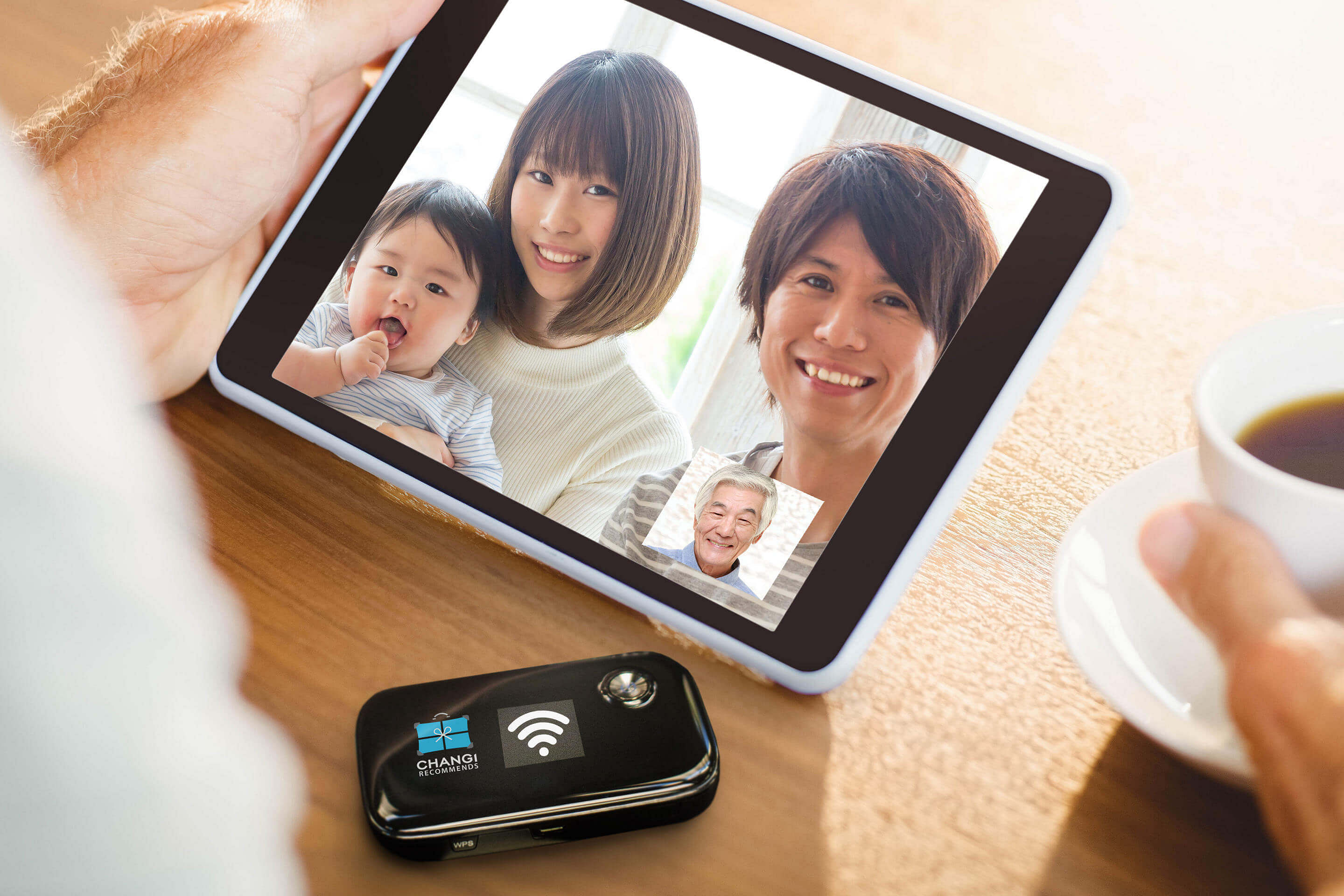
Another option is to rent a Wi-Fi router from Changi Airport to create a Wi-Fi hot spot overseas. PHOTO: CHANGI RECOMMENDS
If you don’t mind carrying around another device, or are travelling in a group, an increasingly popular option is to rent a Wi-Fi router from Changi Recommends booths located throughout Changi Airport, which you collect at the start of your trip and return when you come back.
This works best for large groups as the cost can be split among all travellers. Prices start from $5 a day, depending on the travel destination.
This story was first published in The Straits Times.

